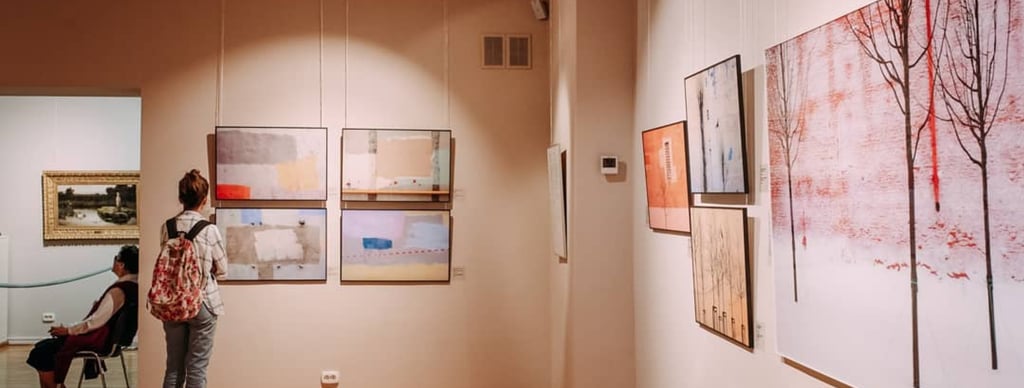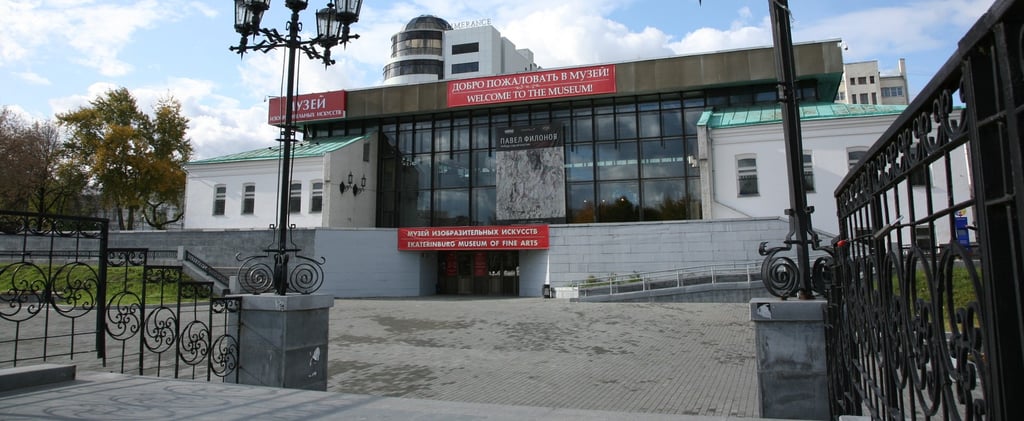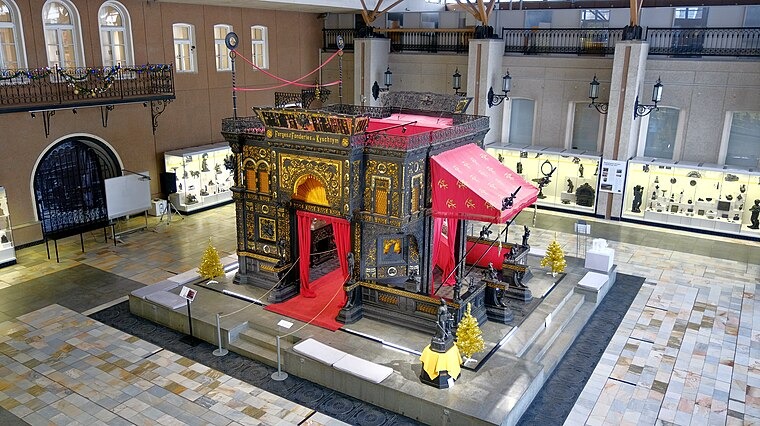Yekaterinburg Museum of Fine Arts: Treasures of the Urals, Voices of Russian Art
In this city of makers and dreamers stands the Yekaterinburg Museum of Fine Arts — a sanctuary of beauty, where the pulse of the Urals finds expression in canvas, bronze, porcelain, and icon.


A Museum Forged from History
The Yekaterinburg Museum of Fine Arts traces its roots to 1936, when local art collections were consolidated into a new public institution.
Yet the deeper origins of its holdings lie in the vibrant cultural life of the Urals, a region long famed for its:
Metalwork and stone-carving.
Porcelain and glassmaking.
Icon painting and folk art.
Over decades, the museum has grown from a modest collection into the largest art museum in the Urals, and one of the most significant in Russia beyond the two capitals.
Today, it houses over 20,000 objects — a panorama of Russian and international art, with a special focus on the artistic heritage of the Urals.
A Tale of Two Buildings
The museum’s story unfolds across two architecturally distinct sites:
The Main Building: The Old Hospital
Housed in a beautifully restored 19th-century hospital on Voevodina Street, the main building is a place of graceful proportions and light-filled galleries.
Here, visitors encounter the museum’s core collections — from ancient icons to avant-garde painting, from folk crafts to modern sculpture.
The Hermitage-Ural Center
Opened in 2015, this sleek new space hosts temporary exhibitions, often in partnership with the State Hermitage Museum in Saint Petersburg.
It embodies the museum’s vision of bringing the world’s great art to Yekaterinburg, while also projecting the region’s own creative voice onto the global stage.
Russian Art Across the Centuries
To walk through the Yekaterinburg Museum of Fine Arts is to embark on a journey through the evolving soul of Russian art.
Icon Painting: Windows to the Eternal
The museum’s collection of icons is among the richest in the Urals — a testament to the region’s deep spiritual traditions.
Highlights include:
Northern Russian icons of the 15th–17th centuries, their austere figures alive with inner light.
Ural school icons, blending local folk motifs with canonical forms.
Stroganov school works, known for their delicate brushwork and jewel-like detail.
Here, one encounters a visual theology where pigment and gold leaf become gateways to the sacred.
Russian Painting: The National Story
The museum’s holdings in Russian painting span the great epochs of the national school:
18th-century portraits, capturing the faces of nobility and merchants in an era of Westernization.
Romantic landscapes, where the Russian earth breathes beneath stormy skies and golden birches.
Realist masterworks of the Peredvizhniki — traveling painters who brought the dignity of peasant life and the vastness of Russian nature to canvas.
Among the treasures:
Works by Ivan Shishkin, the great painter of Russian forests.
Socially charged compositions by Vasily Perov and Ilya Repin.
Tender domestic scenes by Vladimir Makovsky.
In these galleries, one feels the pulse of Russia’s heartland, rendered with compassion and truth.
Soviet and Contemporary Art
The museum also offers a compelling survey of Soviet art — a genre often misunderstood outside Russia.
Here, one encounters:
The optimistic dynamism of Socialist Realism.
Quietly subversive works from the Thaw era.
The bold experimentation of late Soviet and post-Soviet artists.
Special attention is given to the Urals art scene, with works by local masters who forged distinctive paths within and beyond official aesthetics.
The Crown Jewel: Kasli Iron Castings
Perhaps the most unique treasure of the Yekaterinburg Museum is its extraordinary collection of Kasli iron castings — the largest and finest in the world.
Produced in the town of Kasli, near Yekaterinburg, these works represent a fusion of industry and artistry unmatched in metallurgical history.
The collection includes:
Sculptures — from mythological figures to realistic animals, each wrought with astonishing detail.
Architectural elements — gates, grilles, balustrades adorned with vegetal and geometric motifs.
A fully reconstructed Kasli Pavilion, originally created for the 1900 Exposition Universelle in Paris, where it won international acclaim.
To stand before these darkly gleaming forms is to witness the alchemy of human skill and natural resource — iron transformed into art, the Urals’ earth given voice.
Practical Information
Location
Yekaterinburg Museum of Fine Arts
Voevodina Street, 5, Yekaterinburg, Sverdlovsk Region, Russia
Hermitage-Ural Center
Voevodina Street, 4
Opening Hours
Daily: 10:00 – 18:00
Thursday: 10:00 – 21:00
Closed on Mondays.
Tickets
Available online and on-site.
Combined tickets for main building and Hermitage-Ural Center available.
Discounts for students, seniors, and groups.
Public Transport
Metro: Ploshchad 1905 Goda station, a short walk from the museum.
Bus and tram routes serve the central district.
Accessibility
Museum buildings are wheelchair accessible.
Guided tours and printed materials available in multiple languages.
Visitor Services
Museum shop with books, art prints, and regional crafts.
Café with views of the city center.
Lecture hall and event spaces.
Regular concerts and cultural events.
For current exhibitions, ticketing, and events:
https://ekartmuseum.ru


Decorative Arts of the Urals
Beyond the famed Kasli ironwork, the Yekaterinburg Museum of Fine Arts houses a dazzling array of decorative arts, reflecting the region’s long tradition of craftsmanship and creativity.
Stone Carving and Jewelry
The Urals are a land of stone — malachite, jasper, rhodonite, agate, and quartz. For centuries, local artisans have transformed these raw materials into works of profound beauty.
The museum’s collections feature:
Malachite vases and tabletops, their swirling green patterns capturing the vitality of the earth.
Rhodonite figurines and cameos, pink stone shaped into delicate forms.
Cabinet pieces and jewelry that showcase the skill of Ural lapidaries and goldsmiths.
These objects testify to a dialogue between nature and the human hand, between mineral memory and artistic vision.
Porcelain and Glass
Equally rich is the museum’s collection of Russian porcelain and glass, with particular strength in 19th-century Ural production.
Highlights include:
Imperial Porcelain Factory pieces, reflecting the opulence of the Romanov court.
Local wares from factories in the Urals, where European styles met Russian forms.
Folk ceramics, embodying the warmth and humor of provincial life.
Here, one sees art descending from palaces to the everyday table, bridging high culture and folk tradition.
Temporary Exhibitions and International Dialogue
The Yekaterinburg Museum of Fine Arts is not a static collection — it is a living cultural hub, deeply engaged with the contemporary art world.
Its temporary exhibitions program is one of the most ambitious in Russia’s regions, featuring:
Major international shows, often in collaboration with the State Hermitage Museum.
Retrospectives of Russian avant-garde and modernist movements.
Exhibitions of contemporary Urals artists, ensuring a vital dialogue between tradition and innovation.
Photography, design, and multimedia installations, embracing new forms of expression.
Through these exhibitions, the museum serves as a bridge between Yekaterinburg and the global art scene, affirming the Urals’ place on the cultural map.
Education and Community Engagement
The museum also fulfills a vital educational mission, reaching out to diverse audiences through:
Guided tours and thematic excursions for all ages.
Lecture series on art history and cultural heritage.
Workshops and masterclasses in traditional and contemporary techniques.
Children’s programs that nurture creativity and visual literacy.
Its community outreach includes collaborations with local schools, universities, and cultural organizations, making the museum a key player in the region’s cultural life.
The Museum Experience
To visit the Yekaterinburg Museum of Fine Arts is to enter a space where past and present meet, where the spirit of the Urals breathes through iron and stone, through canvas and pigment.
It is a museum that rewards slow looking:
The flicker of gold in a centuries-old icon.
The play of light on a polished malachite surface.
The expressive brushwork of a Peredvizhnik master.
The cool perfection of a Kasli iron sculpture.
The bold experimentation of a contemporary Urals painter.
In each of these moments, one senses the depth and diversity of Russian art, as seen from a place where Europe meets Asia, where tradition meets innovation.




